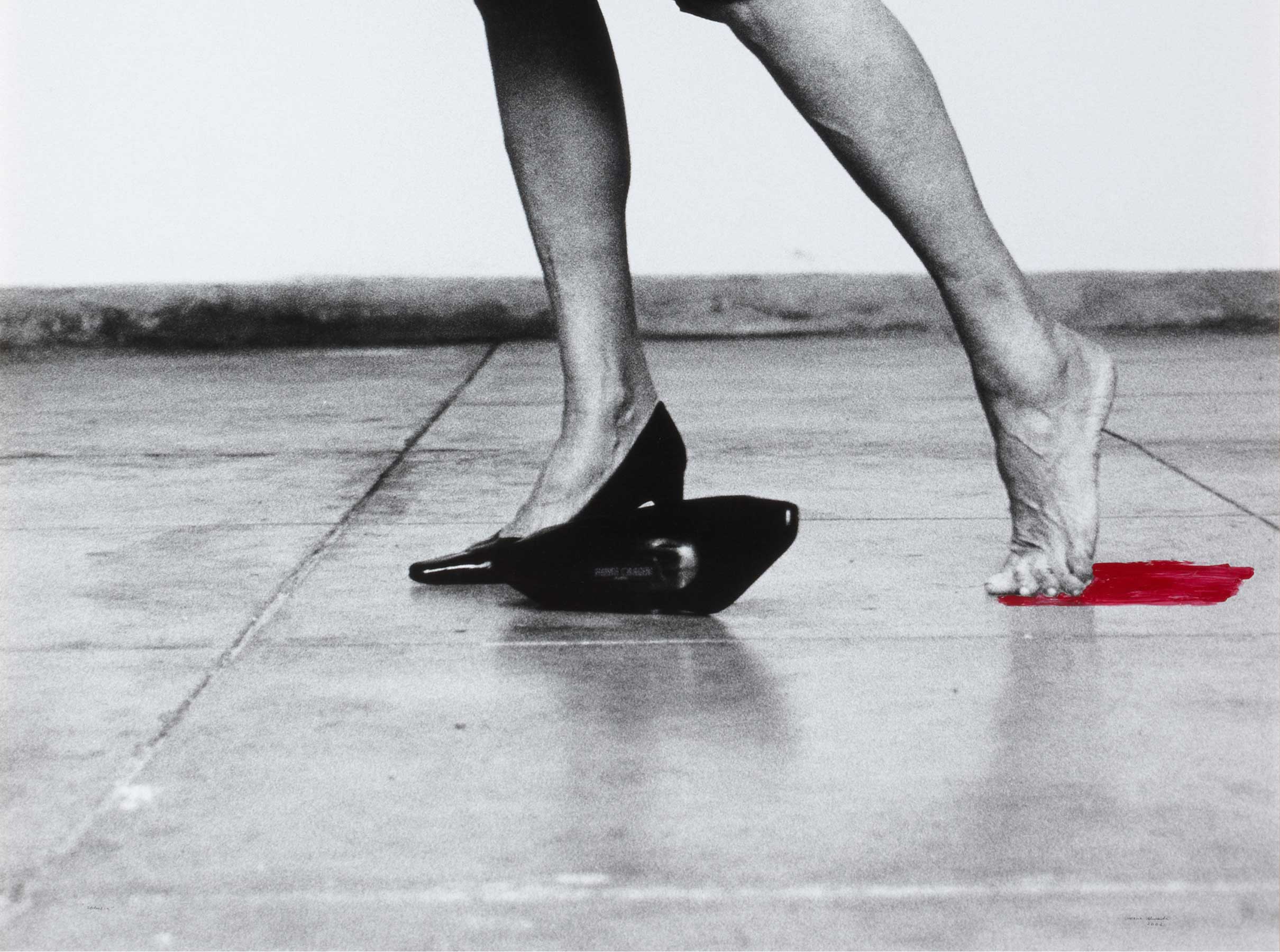Lecciones de danza (Georgia) [Dance Lessons (Georgia)]
- 1995
- Silver gel print on baryta paper with selenium treatment
- 53 x 80 cm
- Cat. F_160
- Acquired in 2014
In 1995 García Rodero worked with Médecins Sans Frontières to produce a report in Georgia, arriving shortly after the former Soviet republic had emerged from a bloody civil war sparked by the disintegration of the USSR. She found herself in refugee territory, getting about with the sole aid of a car and a translator. It was the first of a series of trips, the last in 2013, during which she narrated the process of change in the country.
The two black-and-white photographs in the Banco de España Collection were taken on her first trip. They centre on the simple life of children living in a country living through the aftermath of war. These pictures, perhaps the most upbeat in the series, show how an innocent look can overcome all the adversities of a devastated society. She depicted schools where young children from poor families gathered in surprise to see the photographer, an outsider, and she goes from observing to being observing (Child Circle, 1995). In another of her photographs, a dark mark on the wall serves as a makeshift blackboard, in front of which a seven-year-old girl dances, looking both serious and elegant (Dance Lessons, 1995). García Rodero was enthralled by Georgia, saying that it 'moved me, it reminded me of Spain [...] They are southerners, southern people, warm... They like food, wine, dance [...] and they were in dire straits'. These stark images clearly recall the country that García Rodero had depicted in her 1989 book España oculta (Hidden Spain).
Other works by Cristina García Rodero

![Lecciones de danza (Georgia) [Dance Lessons (Georgia)]](/f/webca/INF/assets/img/fff.png)